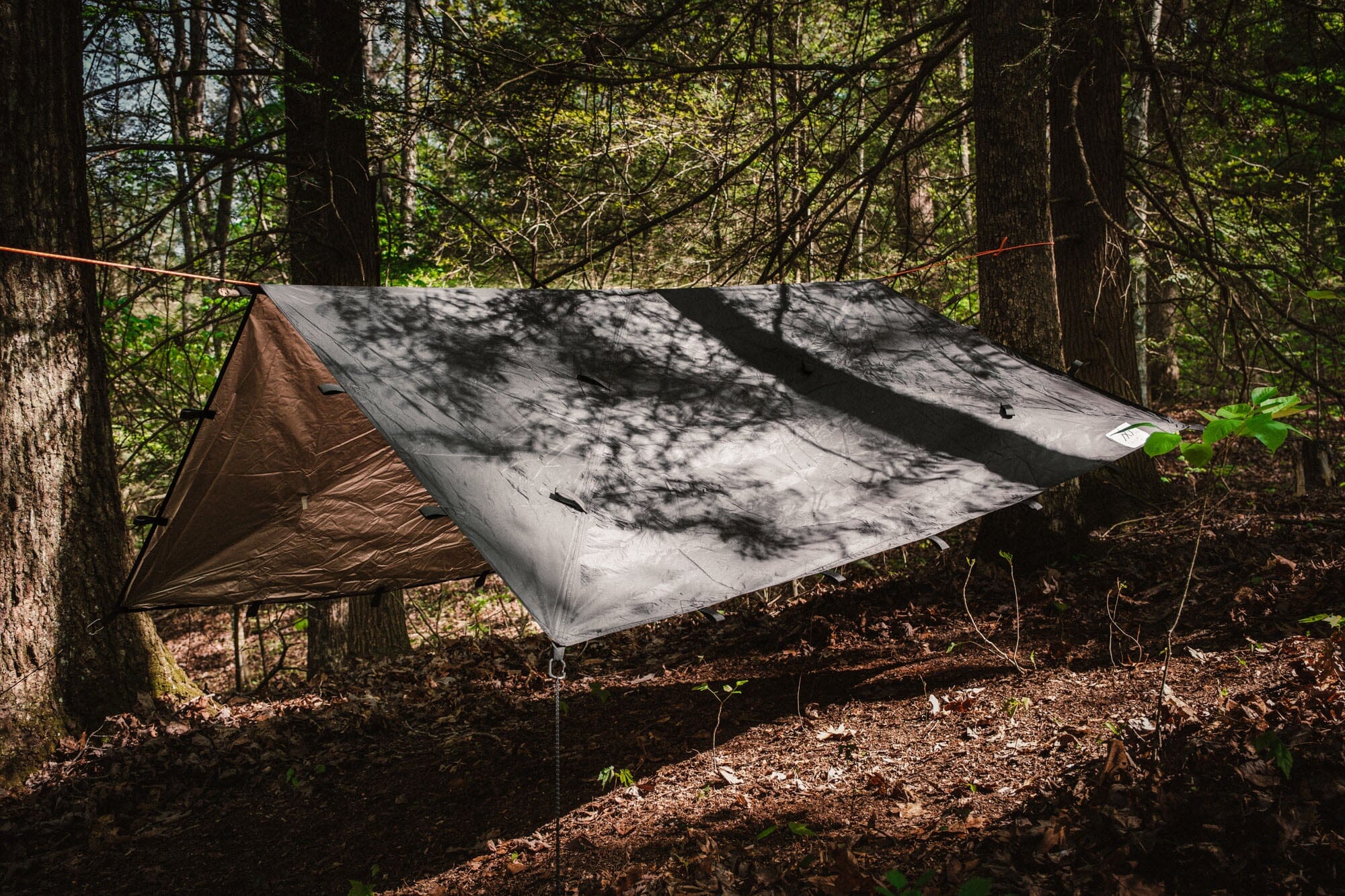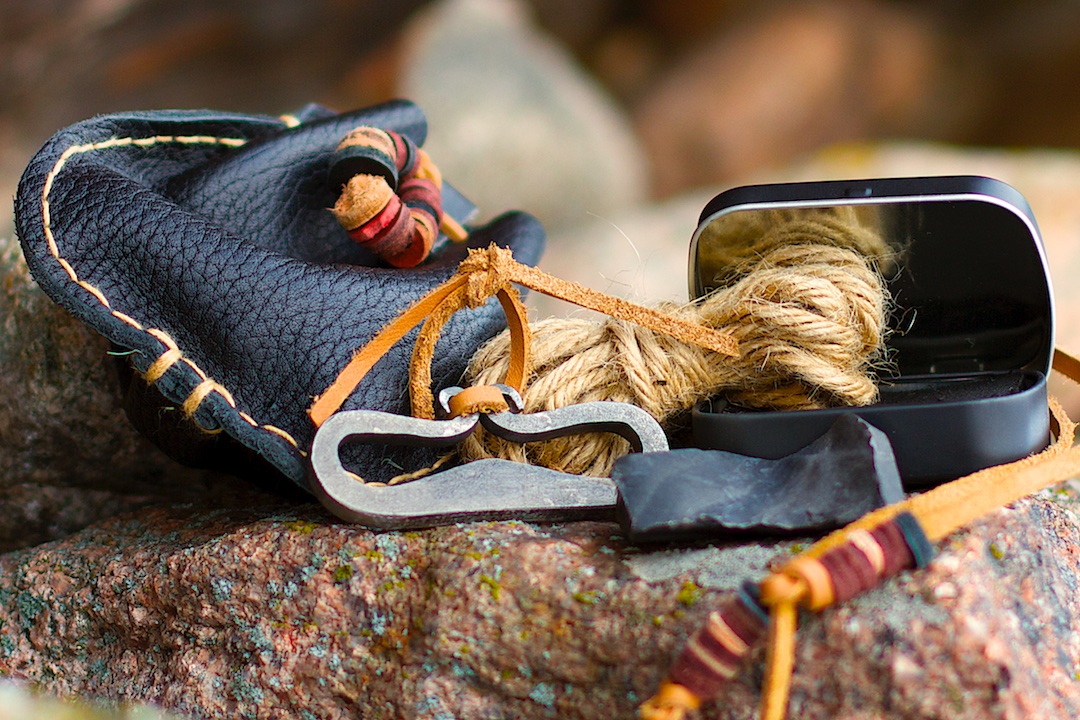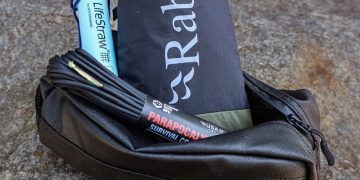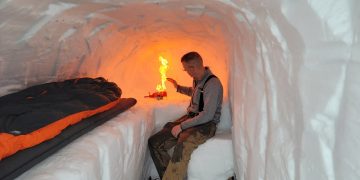In the wild, survival often comes down to one simple equation: resourcefulness + adaptability. While it’s tempting to stockpile as much gear as possible, the reality of survival situations rarely calls for a massive collection of tools and gadgets. Enter minimalist gear: a curated selection of essential items designed to provide maximum functionality without the bulk.
Survival is not about accumulating gadgets but about understanding how to use what you have to stay alive. In this article, we explore how minimalist survival gear can significantly enhance your chances of surviving in the wilderness.
The Philosophy of Minimalism in Survival
At the heart of minimalist survival gear is the principle of efficiency. This philosophy stresses that survival tools should serve a single purpose but serve it well. In minimalist survivalism, the idea is to reduce your gear to its bare essentials, eliminating redundancy and weight while still ensuring that you can meet your basic needs.
Minimalism isn’t just about packing light; it’s about packing smart. It’s about making informed choices that offer the greatest utility while conserving space, weight, and energy. In survival scenarios, those three elements—space, weight, and energy—are often in short supply. So, the fewer things you carry, the less you have to worry about, and the easier it is to move quickly and stay alert.
Minimalist gear has to be versatile, durable, and lightweight, and above all, it must be practical. Rather than focusing on quantity, minimalist survivalists rely on a carefully selected set of tools that they are intimately familiar with and can use in a variety of scenarios.
Why Minimalist Gear Works
There’s a unique advantage to minimalist survival gear that may not be immediately obvious: mental clarity. Carrying only the essential tools means you’re forced to focus on your immediate survival needs rather than being distracted by the unnecessary weight of a dozen gadgets. When every item in your kit is purposeful, your mind is free to think critically and creatively, a skill that is crucial in high-stress environments.
The next time you find yourself facing a survival scenario, remember this simple principle: What you don’t carry can be just as important as what you do.
The Essentials: What Does Minimalist Survival Gear Include?
Survival situations vary depending on the environment, climate, and geography, but there are several core categories of gear that will always play a role in your ability to stay alive. These essential tools are generally divided into Five Survival Needs:
- Shelter
- Water
- Fire
- Food
- Signaling
When it comes to minimalist gear, the goal is to maximize the effectiveness of each tool in multiple areas. Here’s a breakdown of what you might need and why each item deserves a spot in your minimalist survival kit.

1. Shelter: Staying Out of the Elements
In many survival situations, your first priority will be protecting yourself from the elements—whether it’s the scorching sun, torrential rain, freezing cold, or snow. While a tarp or a small, lightweight bivy bag might be all you need, the key here is portability and adaptability.
A compact tarp (generally made from nylon or polyester) can double as shelter, rainwater collection, or even a makeshift sleeping bag. With just a few paracord ropes, you can rig up an emergency shelter that will keep you dry and shielded from the wind. A mylar emergency blanket is another great option, weighing next to nothing but offering excellent thermal insulation when used correctly.
Multi-purpose shelters like lightweight tents or hammocks can further enhance your shelter-building capabilities. Their compact nature doesn’t mean they sacrifice durability. A good hammock, combined with a tarp for rain coverage, can be a comfortable and lightweight shelter that keeps you elevated from the ground and away from cold, damp conditions.
2. Water: The Most Vital Resource
Dehydration is one of the quickest killers in a survival situation. Minimalist gear aims to keep your hydration simple yet reliable. A water filter, like the popular Sawyer Mini or LifeStraw, is an indispensable piece of minimalist survival gear. Both are small, effective, and can purify water from virtually any natural water source, turning unsafe water into potable water in minutes.
Carrying a collapsible water bottle or a hydropack can help you store water as you gather it, allowing you to move more freely with less risk of running out. In areas where natural water sources might be scarce, you might also consider a water purification tablet as a backup option.
3. Fire: Warmth, Cooking, and Signaling
No minimalist survival kit is complete without a means of starting a fire. Fire provides warmth, a method for purifying water, and the ability to cook food. The minimalist approach to fire-building revolves around the simplicity and reliability of tools.
A fire starter (like magnesium blocks, ferro rods, or waterproof matches) can help you ignite a flame even in wet or windy conditions. The ferrocerium rod (or ferro rod) is one of the most durable and effective fire-starting tools, generating sparks with just a few strokes.
Additionally, a small folding stove (such as a titanium or stainless steel pocket stove) can provide a quick and efficient way to cook food or boil water. These stoves fold flat for easy packing, making them ideal for minimalist kits.
4. Food: Minimal Gear for Maximum Nutrition
In survival situations, food is important, but not necessarily your first priority. The human body can survive for days without food, though water and shelter are immediate needs. Nonetheless, it’s essential to have a compact, calorie-dense food source to carry.
Freeze-dried meals are an excellent option for minimalist survivalists—they are lightweight, nutrient-dense, and require little preparation. Another excellent choice is high-calorie, protein-packed bars or MREs (Meals Ready-to-Eat). These compact and easy-to-carry food options can keep you fueled without taking up much space in your pack.
You should also carry tools like a small folding knife for cutting food or preparing firewood. This can also double as a means to fashion more complex tools or assist with shelter-building.
5. Signaling: Communicating for Rescue
In a survival situation, the sooner you can signal for help, the better. Carrying a compact signaling device, like a signal mirror or a whistle, should be a priority. These tools weigh very little, yet they can have a significant impact on your chances of being spotted or heard by search-and-rescue teams.
A headlamp or flashlight also serves as a useful signaling tool at night, allowing you to be seen from afar. A bright, strobe-function flashlight or headlamp can cut through the darkness, increasing the likelihood that you’ll be noticed if you’re lost or injured.

Additional Minimalist Gear Considerations
While the core categories are important, you can also consider adding specialized items based on your location or environment. For example, a compact multi-tool combines multiple tools into one, offering versatility without excess bulk. Paracord, when used strategically, can be a lifesaver for building shelters, securing gear, or creating traps.
Practical Tips for Using Minimalist Gear
Packing minimalist gear is only half the battle; knowing how to use it is equally important. Here are a few tips for making the most out of your minimalist survival gear:
1. Prioritize Training Over Gear
Gear alone won’t keep you alive—your knowledge and skill are just as crucial. Spend time learning how to use every item in your kit before you ever find yourself in an emergency. Practice building shelter, starting fires, purifying water, and creating simple traps for food. The more familiar you are with your gear, the more efficient and confident you’ll be when it matters most.
2. Focus on Dual Purpose Tools
Minimalist survival gear thrives on dual-purpose items—those that serve multiple functions. A good knife can serve as a food prep tool, shelter-building implement, firestarter, and even a weapon if necessary. Paracord can be used for shelter-building, fishing lines, snares, and more. A multi-tool that integrates a knife, saw, screwdrivers, and bottle opener can be invaluable in a survival scenario, while also saving on space.
3. Keep Your Gear Accessible
When you’re moving through rugged terrain or in a stressful situation, having quick access to your gear can make all the difference. Keep your essential tools (such as your knife, fire starter, water filter, and signaling devices) in an easily accessible location on your body or pack. Consider using a gear pouch or tool belt for efficient organization.
Conclusion: Minimalist Gear for Maximum Survival
Survival situations are unpredictable, but minimalist gear ensures that you can handle the basics no matter what challenge you face. By prioritizing quality, versatility, and functionality over quantity, minimalist survival gear empowers you to stay mobile, agile, and prepared.
The key takeaway here is that you don’t need to carry everything in the world—just the right things. With the right tools, training, and mindset, minimalist gear can significantly enhance your chances of survival, allowing you to adapt to your environment and keep your focus on what matters most: staying alive.























